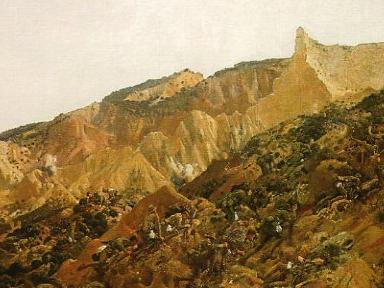
Landscape hides horror … at first
IT’S A stunning landscape — until you notice the details and hear the rumours of prisoners being shot as the enemy launch a suicidal defence.

IT’S A stunning landscape — until you notice the details and hear the rumours of prisoners being shot as the enemy launch a suicidal defence.
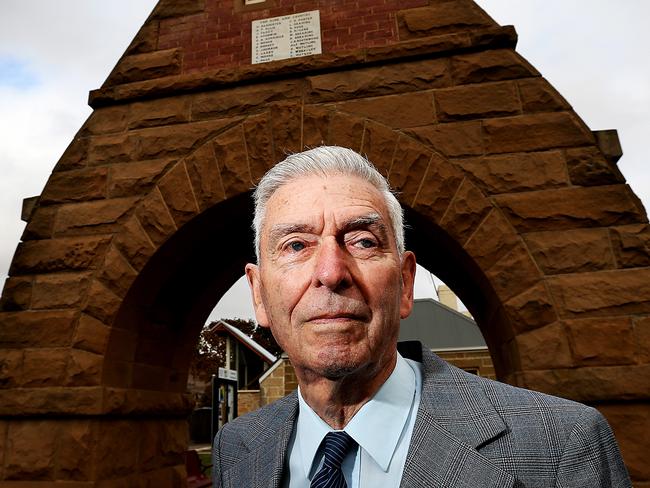
TASMANIA’S small communities paid a huge price during World War I.
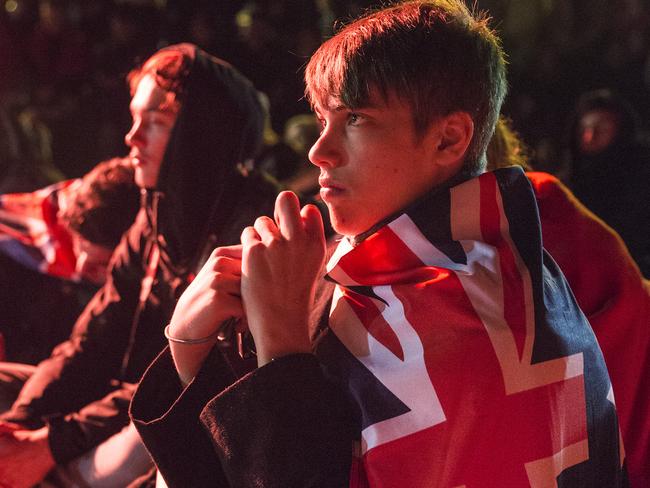
FOR the first time, an alternative Dawn Service has been held at Gallipoli away from the usual Anzac Cove site for those who missed out on the national ballot.
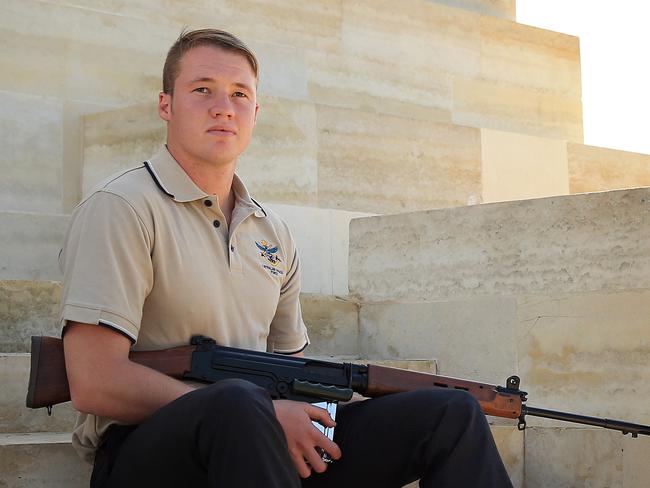
TODAY, war is about elite soldiers using hi-tech gear to equalise the enemy. So what can today’s soldiers really learn from a century-old battle?
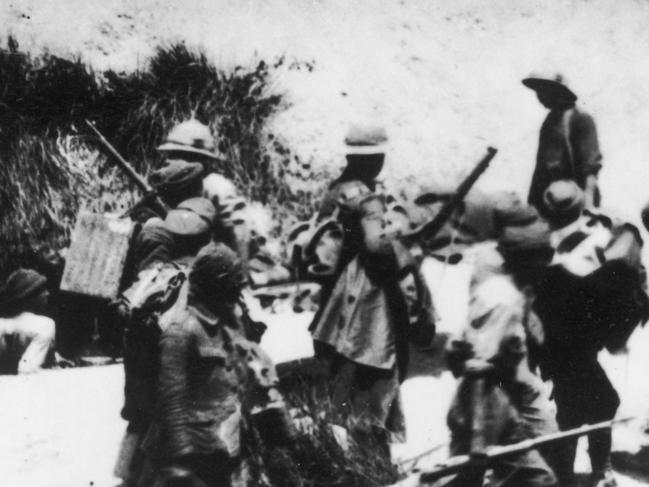
AS thousands commemorate the bloody beach landings at Anzac Cove, further along the peninsula there is a site of even greater horror that lies almost deserted.
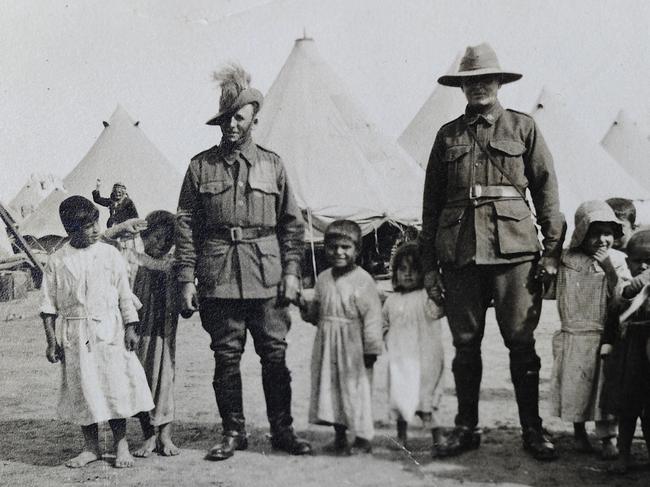
ROYAL John George Myren kept a promise to his best friend Dick Robinson, who died in his arms at Gaza during World War I.

THE Australian in charge of the Anzac Day centenary commemorations at Gallipoli next year has a simple message: “We will be ready”.

EVEN for those who returned, war took its toll. ANNE MATHER reports on the survivors of battle.
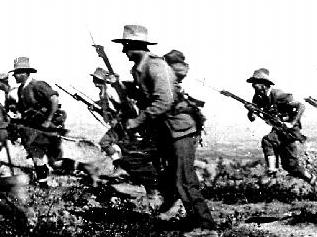
WHEN Queenslanders awoke to their morning newspapers on April 26, 1915, they would have been unaware that a legend had been born on the shores of Gallipoli, on the other side of the world.
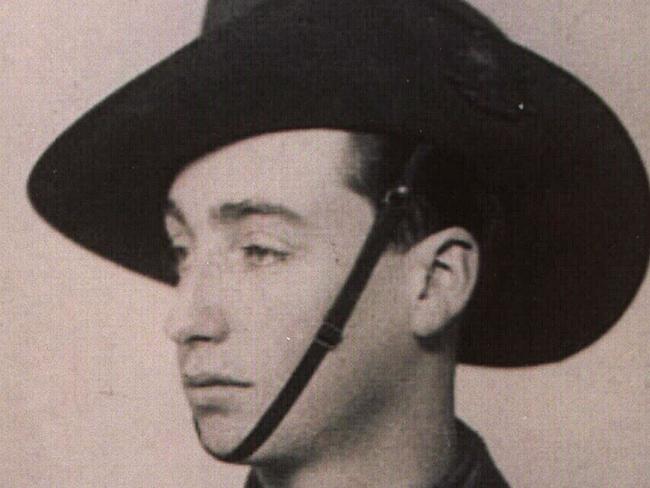
IF it’s possible to describe as lucky a young bloke thrown into the horrors of Gallipoli, then Ted Matthews was very fortunate indeed.

SYDNEY Harbour Bridge will be lit up with the images of 62,000 falling poppies — each one representing a Digger who died during WWI.

THE pilots and cabin crew of the specially named QF100 — after the centenary of Anzac Day — all have family links to the first Diggers.
Original URL: https://www.couriermail.com.au/anzac-centenary/page/17